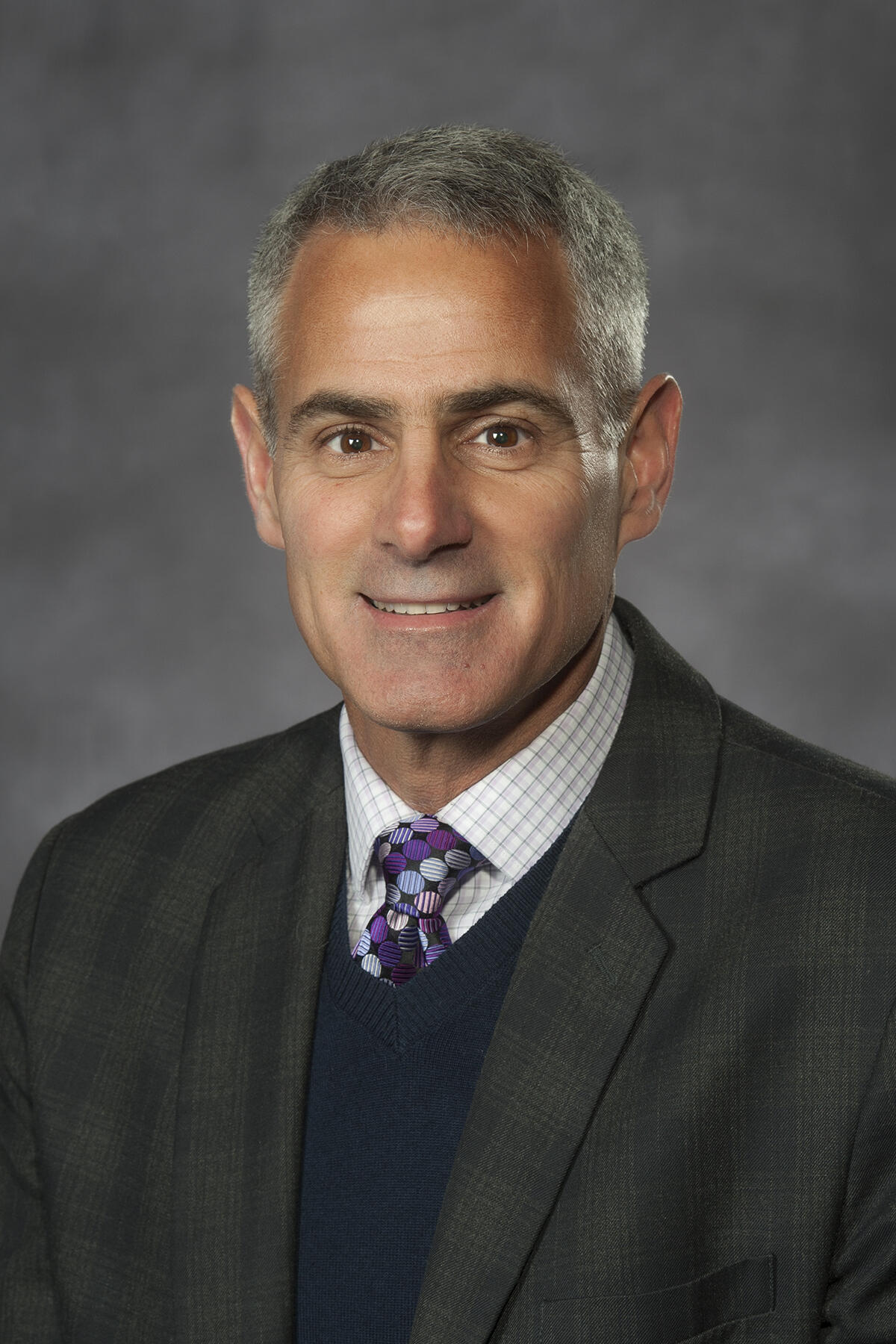May 19, 2017
VCU expert weighs in on new concussion guidelines
Share this story
New guidelines written by an international panel of concussion experts and published this month in the British Journal of Sports Medicine contradict the conventional wisdom that young athletes should restrict all forms of activity after sustaining a concussion. The guidelines suggest instead that athletes should be encouraged to start physical activity within a day or two after the injury.
The practice of reintroducing activity quickly rather than resting until symptoms disappear has been advocated by physicians at VCU Health for more than five years.

David Cifu, M.D., chair of the Department of Physical Medicine and Rehabilitation at Virginia Commonwealth University School of Medicine, recently spoke with VCU News about the new guidelines.
Can you summarize the journal article findings?
While prior recommendations emphasized rest and “shutting down” the brain, the latest recommendations, which are based on a growing body of research and clinical practice guidelines, assert that early, progressive activation and a rapid return to normal activities even in the face of some persistent symptoms is appropriate.
Do you agree with the new recommendations?
I have been advocating for and implementing these recommendations for more than five years with great success on military, sports and civilian populations. I’ve been working with civilian concussions from work trauma, motor vehicle collisions and more for 25 years. I have worked with patients who have concussions sustained in wars in Iraq and Afghanistan for 15 years and with the National Hockey League’s Florida Panthers for five years. I have always advocated and encouraged my patients to get back to “normal” as quickly as possible, even if they had some persistent symptoms.
It is actually more stressful for the brain to be off its usual pattern and time clock then to try and “baby” it along. While a return to contact sport, operating potentially dangerous machinery such as commercial truck driving and construction work or using a weapon needs to wait until there is performance-specific re-assessment, there is absolutely no reason to limit physical or cognitive activity and exertion, even with symptoms. The symptoms are due to soft-tissue injury and limitations in 99 percent of cases — this includes headache, insomnia, dizziness, memory difficulties and behavioral dysfunction. The actual functioning of the brain (firing of signals across and through the initially damaged white matter or axons) is back to functioning well by 24-to-48 hours in almost all individuals. The rare individual with true persistent brain injury will have clear symptoms — usually cognitive-behavioral — that never improve, but this is exceedingly unusual after concussion.
How are the new guidelines different from what has been advised in the past?
They are a 140-degree (not quite 180-degree) turn. Prior recommendations leaned too heavily on the value of rest and the potential risks associated with activity. While safety is always considered, delaying a return to physical and cognitive activity (including school, sports and work) will result in worse outcomes and a higher incidence of long-term effects. Unfortunately, many clinicians (including those in the sports world), sports agents, families and even the individuals themselves do not agree with this approach or are tentative about returning to activity. These attitudes and the delay in activation that occurs are harmful and will actually result in more symptoms and problems. Dealing with the anxiety, fear and lack of knowledge is a huge challenge to reactivation and is often a cause of increasing symptoms. The fear of the extremely rare “second impact syndrome” (sustaining two brain traumas within a very short time with resulting death or severe disability) often paralyzes clinicians into inaction, despite the fact that it occurs idiosyncratically and may not even exist for concussion injuries. A good mantra is: “A return to activity has little to no chance of doing harm, while inactivity will always cause it.”
Why is resuming activity after sustaining a concussion encouraged?
The brain and body do best when active and engaged. It is actually more stressful to the brain to be in the abnormal position of not being active, not being at school or work, not playing sports and being in an “alien” environment (dark room during the day). The increased stress and anxiety that may accompany it will actually make the brain worse. The overwhelming majority of symptoms that are seen immediately after a concussion are related to muscular injury of the skull and neck and have nothing to do with anything inside the brain, so resting the body, not moving the head, not using the brain, being in a dark room, etc. is completely avoiding the source of the problem and the potentially injured area. Injured muscles, ligaments and tendons need movement and a return to activity for optimal and rapid healing.
Subscribe to VCU News
Subscribe to VCU News at newsletter.vcu.edu and receive a selection of stories, videos, photos, news clips and event listings in your inbox.





